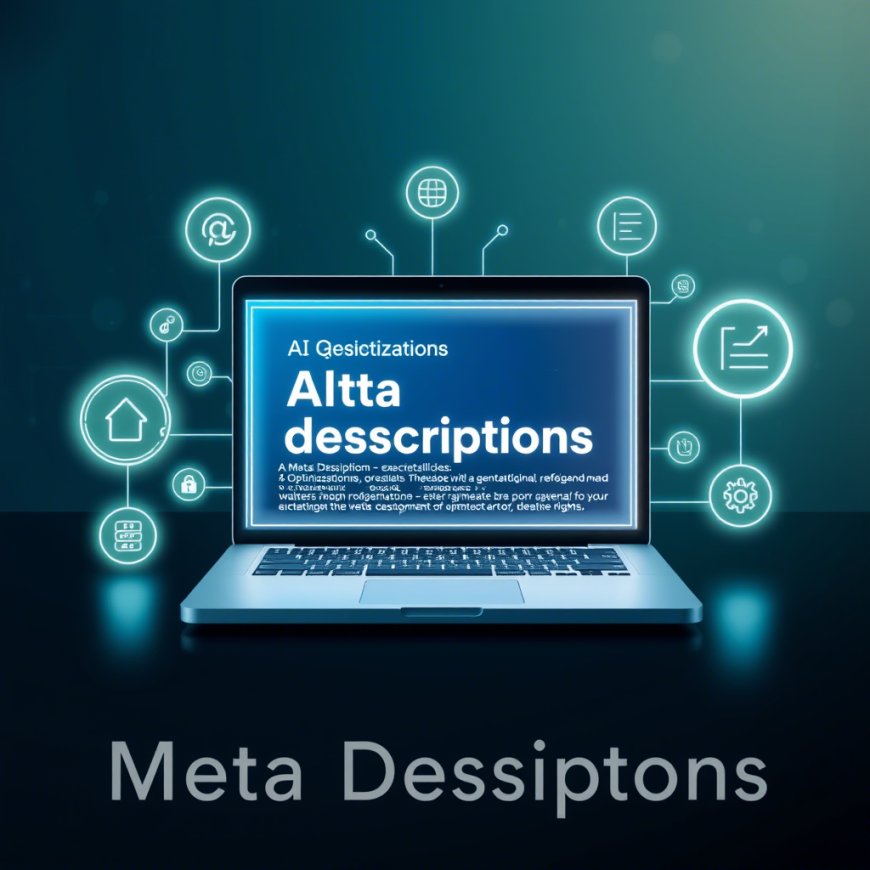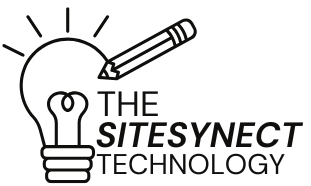How AI Can Help You Write Better Meta Descriptions
Discover how AI tools like ChatGPT and Jasper craft compelling meta descriptions that drive clicks, improve rankings, and save time. Includes templates & best practices!

Introduction
Meta descriptions are your website’s elevator pitch in search results—get them right, and you’ll skyrocket click-through rates (CTR). But writing dozens of unique, keyword-rich snippets manually? Exhausting. Enter AI: the ultimate sidekick for crafting meta descriptions that hook readers and satisfy algorithms. Let’s explore how AI tools automate, optimize, and revolutionize this critical SEO task.
Why Meta Descriptions Matter (and Why AI Does Them Better)
-
CTR Booster: A well-written meta description can increase clicks by up to 35% (Backlinko).
-
SEO Impact: While not a direct ranking factor, compelling snippets improve dwell time, signaling quality to Google.
-
AI Advantages:
-
Speed: Generate 50+ meta descriptions in minutes.
-
A/B Testing: Create multiple variants to identify top performers.
-
Intent Alignment: AI analyzes top-ranking pages to match user search intent.
-
How AI Tools Craft Winning Meta Descriptions
1. Keyword Integration Without Stuffing
AI tools like Surfer SEO and Frase identify primary and LSI keywords, then weave them naturally into descriptions.
-
Example:
-
Target Keyword: “best AI writing tools”
-
AI Output: “Discover the top AI writing tools of 2024—boost productivity, SEO, and creativity. Compare features, pricing, and user reviews.”
-
2. Emotion-Driven Language
AI models like ChatGPT-4 use sentiment analysis to incorporate power words (e.g., “proven,” “effortless,” “exclusive”).
3. Length Optimization
AI ensures descriptions stay within Google’s 150–160 character limit, avoiding awkward truncation.
4. SERP Competitor Analysis
Tools like Jasper scan rival meta descriptions to highlight gaps and opportunities.
5-Step Workflow for AI-Generated Meta Descriptions
-
Input Keywords & Context: Share the blog’s primary keyword, tone (e.g., professional, casual), and USP.
-
Generate Multiple Options: Use tools like Copy.ai or Writesonic to create 5–10 variations.
-
Add Human Polish: Inject brand voice (e.g., humor, urgency) or specific CTAs (“Get 50% off today”).
-
Test with Preview Tools: Check how snippets look on mobile/desktop using SERP Simulator.
-
Update Based on Performance: Use Google Search Console CTR data to refine descriptions.
Top AI Tools for Meta Descriptions in 2024
-
ChatGPT-4: Prompt with *“Write a 155-character meta description for [topic] that includes [keyword] and highlights [benefit].”*
-
Yoast SEO (WordPress): Integrates AI suggestions directly into your CMS.
-
SEMrush SEO Writing Assistant: Scores meta descriptions for readability and keyword relevance.
-
Alli AI: Auto-generates and updates meta descriptions at scale.
Best Practices for AI + Human Collaboration
-
Avoid Generic Phrases: Replace “Learn more” with action-driven CTAs like “Download the free guide.”
-
Prioritize Clarity: Ensure the AI doesn’t sacrifice readability for keyword density.
-
Add Numbers or Stats: “7 AI Tools That Cut Writing Time by 70%” performs better than vague claims.
-
Localize for Audiences: Use AI to translate and adapt meta descriptions for multilingual SEO.
Pitfalls to Avoid
-
Over-Optimization: AI can overstuff keywords—stick to 1–2 per description.
-
Ignoring Mobile: 60% of searches happen on mobile; test snippet truncation.
-
Forgetting E-E-A-T: Include trust signals like “Expert-reviewed” or “Data-backed.”
Conclusion
AI isn’t here to replace your creativity—it’s here to multiply it. By automating the heavy lifting of meta description writing, you can focus on strategy, testing, and refining. Start by picking one AI tool, generate your first batch of descriptions, and watch your CTR climb. Remember: the best meta descriptions blend AI efficiency with human ingenuity.
What's Your Reaction?
 Like
0
Like
0
 Dislike
0
Dislike
0
 Love
0
Love
0
 Funny
0
Funny
0
 Angry
0
Angry
0
 Sad
0
Sad
0
 Wow
0
Wow
0






































